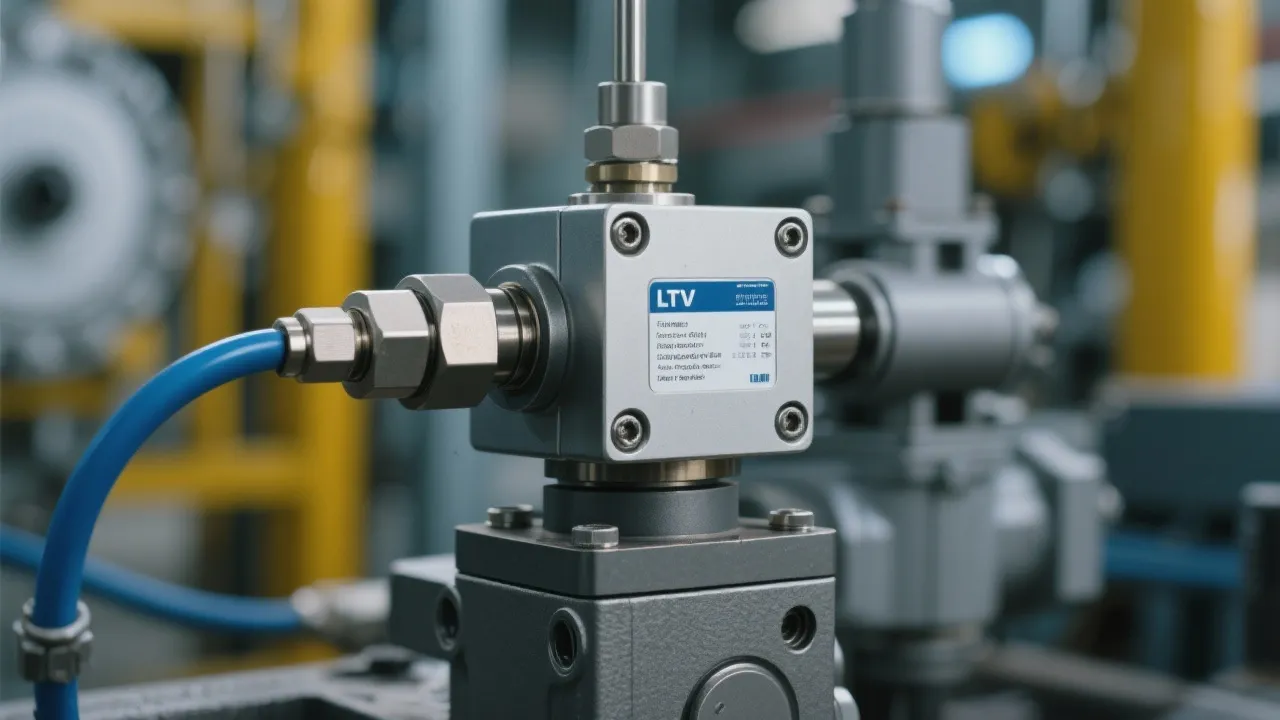The LVDT Proportional Valve, a crucial component in modern hydraulic systems, ensures precise control of fluid flow. This article delves into the intricate workings and applications of these valves, highlighting their importance in various industries. Leveraging Linear Variable Differential Transformer technology, these valves optimize system performance.

The LVDT Proportional Valve is a sophisticated device used in hydraulic systems for the precise control of fluid flow. It employs the Linear Variable Differential Transformer (LVDT) technology to maintain accuracy and reliability in its operations. These valves are indispensable in many sectors, including aerospace, automotive, and manufacturing, where precise control of fluid dynamics is essential for system efficiency and performance. LVDT Proportional Valves play a vital role in enhancing the capabilities of various applications, allowing for improved efficiency and reduced waste. Their ability to provide real-time feedback on valve position and flow rates further strengthens their significance in modern engineering and design.
The core function of the LVDT Proportional Valve is to translate electrical signals into mechanical movement, which serves to regulate the flow and pressure of fluids within a hydraulic circuit. The LVDT component detects the electromagnetic changes induced by the movement of the valve's core. As the core moves, the electrical output is adjusted, thereby controlling the valve position with exceptional precision. This process enables fine-tuning of fluid dynamics, ensuring optimal performance.
At the heart of the LVDT technology are three coils: a primary coil and two secondary coils. The primary coil is energized by an alternating current, generating a magnetic field. This magnetic field interacts with the movable ferromagnetic core situated within the coils. The position of the core alters the mutual inductance between the coils and the amount of induced voltage in the secondary coils. The differential output from the secondary coils is directly proportional to the position of the core, allowing for precise measurement of angular movement, which is ultimately translated into valve position.
This capability to provide accurate position feedback is crucial in applications where the slightest deviation in fluid flow can lead to operational inefficiencies or safety concerns. By utilizing the feedback from the LVDT, control systems can make adjustments in real time, improving the overall responsiveness and adaptability of the hydraulic system.
LVDT Proportional Valves are utilized across numerous industries, each requiring different levels of precision and reliability:
The primary advantages of using LVDT Proportional Valves include:
While LVDT Proportional Valves offer remarkable benefits, there are challenges and considerations to be aware of:
Numerous case studies highlight the impact of LVDT Proportional Valves:
| Industry | Application | Benefits |
|---|---|---|
| Aerospace | Flight Stability Systems | Increased safety and precision in high-stakes environments. |
| Automotive | Automation and Control Systems | Improved responsiveness and fuel efficiency, enhancing overall vehicle performance. |
| Manufacturing | Robotic Arm Control | Enhanced accuracy and productivity, leading to consistent product quality. |
| Energy Sector | Drilling Operations | Improved workflow and safety through accurate fluid control. |
| Medical | Surgical Robot Actuation | Higher precision in delicate procedures, improving patient outcomes. |
Advancements in materials science and electronics are set to further improve the performance and cost-efficiency of LVDT Proportional Valves. Emerging research is focused on increasing compatibility with digital control systems, which will open up new possibilities in automation and data integration. Such innovations include the integration of smart technologies, which would provide greater insight into system performance through diagnostics and monitoring capabilities.
Moreover, as industries continue to push for greater sustainability, there is an increasing demand for valves that can operate efficiently with less power and output fewer emissions. Research is underway to develop LVDT Proportional Valves that not only meet these environmental standards but also enhance energy efficiency across various applications.
The expansion of Internet of Things (IoT) applications stands to revolutionize how LVDT Proportional Valves are utilized. By leveraging IoT technologies, real-time data can be transmitted to centralized systems, enabling predictive maintenance strategies that further reduce downtime and promote efficiency. The incorporation of machine learning algorithms may also allow valves to adapt their performance dynamically based on operational demands, helping to optimize fluid management techniques and overall system performance.
Explore the Tranquil Bliss of Idyllic Rural Retreats

Ultimate Countdown: The 20 Very Legendary Gaming Consoles Ever!

Affordable Full Mouth Dental Implants Near You

Discovering Springdale Estates

Embark on Effortless Adventures: Unveiling the Top in Adventures Made Easy Outdoor Equipment

Unlock the Full Potential of Your RAM 1500: Master the Art of Efficient Towing!

Dodge Ram: Redefining the Future of Full-Size Trucks with Unmatched Power and Innovation

Get New Phones Without Plans Easily

Smart Strategies to Slash Costs on Your Roof Replacement Endeavor
